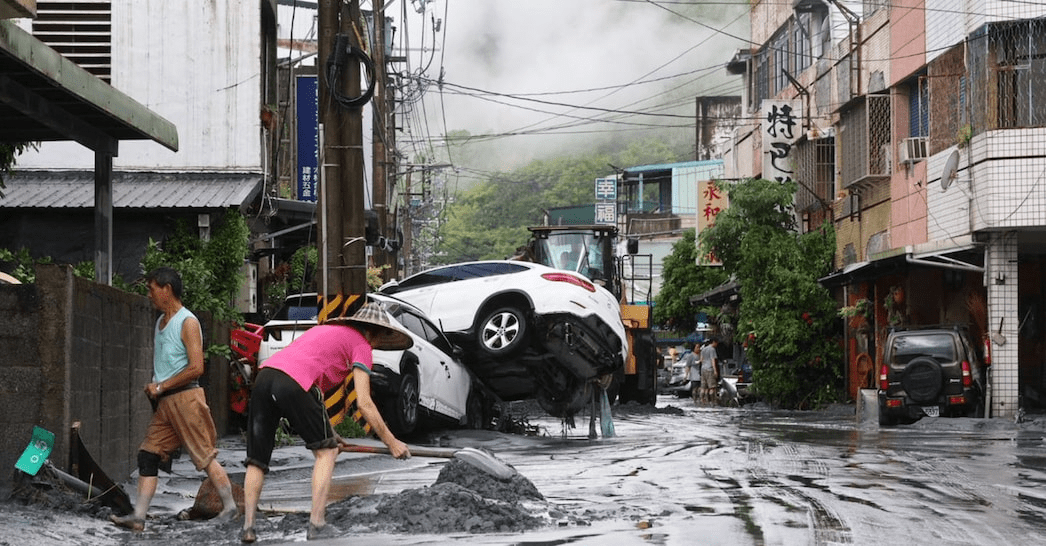Hong Kong. Nearly two million people have been evacuated from southern China’s major cities after a powerful typhoon struck one of the most densely populated coastlines on the planet. The storm also caused deaths and devastating flooding in Taiwan, where more than a hundred people remain missing.
Typhoon Ragasa, which was recently considered the strongest storm of the year, paralyzed Hong Kong and large swaths of southern China after passing over the remote islands of the Philippines and mountainous regions of Taiwan.
Hurricane-force gusts caused landslides, giant waves, and destruction. It is now moving toward Guangdong Province, home to major cities including Shenzhen and Guangzhou. At least 15 people have been confirmed dead in Taiwan; Another 17 remain missing after a natural dam holding back water in a newly formed lake burst, releasing nearly 68 million tons of water and inundating the city of Guangfu.
Video footage from Hualien shows a mighty torrent sweeping away cars and rushing through streets, forcing residents to seek refuge in the upper floors of their homes. One of the region’s main bridges collapsed under the storm’s force.
As the typhoon approached Hong Kong, gusty winds of up to 168 km/h (105 mph) toppled trees, ripped down scaffolding, and generated massive waves crashing onto embankments. Footage circulating online shows water breaking through the glass doors of the luxury Fullerton Ocean Park Hotel, flooding the lobby, and sweeping people away.
In Macau, a tourist and gambling hub, streets were waist-deep in water. Authorities in both cities, home to over 8 million people, have declared the highest alert level. To minimize damage, nearly two million residents of Guangdong Province were evacuated. More than 10,000 vessels were moved to safe waters, and over 38,000 firefighters were put on full alert.
Despite the threat, cities in the region have substantial protective infrastructure, as they often face similar disasters. Hong Kong has a massive $3.8 billion drainage system, which prevents catastrophic flooding that once claimed lives.
Experts emphasize that Asian megacities must continually upgrade their building codes to account for stronger typhoons, rising sea levels, and the effects of climate change.

 Discuss
More news
Discuss
More news


